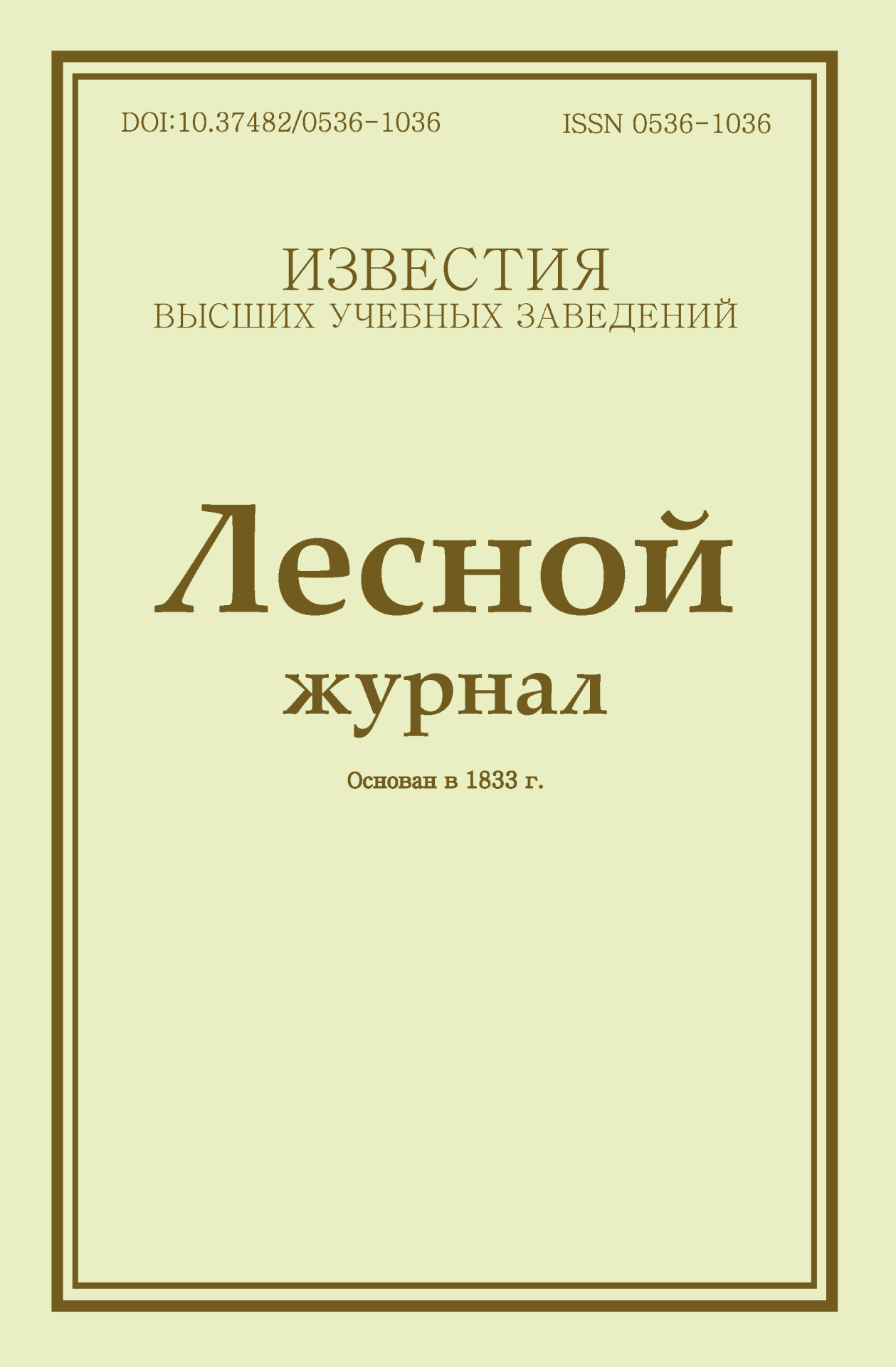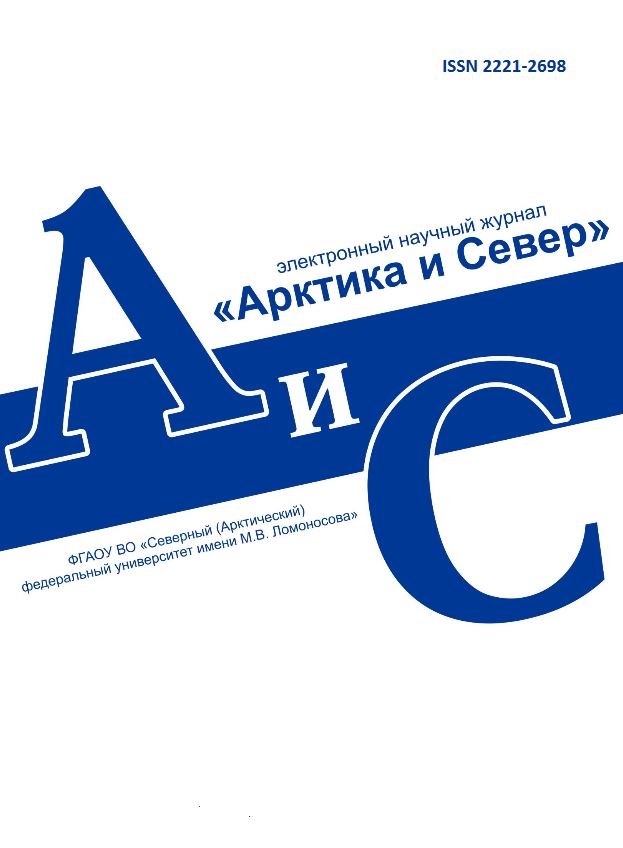
Vestnik of Northern (Arctic) Federal University.
Series "Humanitarian and Social Sciences"
ISSN 2227-6564 e-ISSN 2687-1505 DOI:10.37482/2687-1505
Legal and postal addresses of the founder and publisher: Northern (Arctic) Federal University named after M.V. Lomonosov, Naberezhnaya Severnoy Dviny, 17, Arkhangelsk, 163002, Russian Federation Editorial office address: Vestnik of Northern (Arctic) Federal University. Series "Humanitarian and Social Sciences", 56 ul. Uritskogo, Arkhangelsk
Phone: (8182) 21-61-20, ext. 18-20 ABOUT JOURNAL |
Section: Linguistics Download (pdf, 0.5MB )UDC81’373.612.2:811.111DOI10.37482/2687-1505-V334Authors
Irina I. Vorontsova
Cand. Sci. (Philol.), Assoc. Prof., Assoc. Prof. at the Department of Foreign Languages, Russian State University for the Humanities (address: Miusskaya pl. 6, Moscow, 125993, Russia).
AbstractThe article analyses the role of anthropomorphic monetary metaphors (AMMs) in interpreting professional English-language financial information by recipients (in our case, university students). The priority direction – English-language AMMs of unproductive capital – is but sparingly represented in modern Russian and foreign linguistic papers. The article aims to study the role of AMMs in qualifying financial concepts. The subject of the study is the functioning and implementation of figurative language units exposing the concept of the category of money in the semantics of idle funds. The object of the study is the adjective + money model, where the modifier (adjective) of unproductivity imparts a pejorative meaning to the figurative expression. The new epistemological strategy of humanitarian anthropomorphism places emphasis on the relevance of studying AMMs in the linguocultural context of English-language financial discourse due to their linguistic and cultural asymmetry in Russian and English, which reduces the level of learning intuitiveness. The research method applied here is a linguistic semiological analysis of the adjective + money model with an unproductivity modifier. The material included a corpus of periodicals, archives, financial encyclopaedias and dictionaries, as well as online media. The author draws an inference that an interweaving of the conceptual domains of idleness and finance generates a metaphorical transfer from human characteristics to monetary entities with an expressive negative connotation of cognitive models that metaphorically reflect the attitude towards idle capital. Moreover, finding their way into the lexical equipment of the professional continuum, AMMs activate students’ rhetorical thinking, simplifying concepts that are difficult for them to understand and increasing their level of learning intuitiveness. The results can be of interest to linguists and experts in cultural studies and be used in the field of discourse analysis.Keywordsanthropomorphic monetary metaphors, unproductive capital, linguocultural space, metaphorical transfer, English-language financial discourseReferences
|
Make a Submission
INDEXED IN:
|
Продолжая просмотр сайта, я соглашаюсь с использованием файлов cookie владельцем сайта в соответствии с Политикой в отношении файлов cookie, в том числе на передачу данных, указанных в Политике, третьим лицам (статистическим службам сети Интернет).






